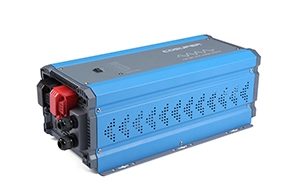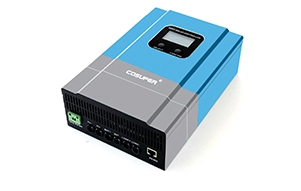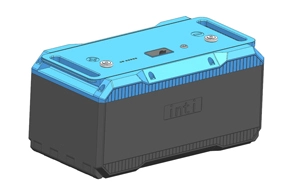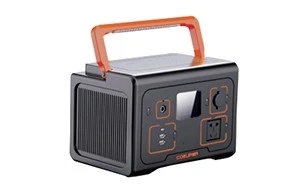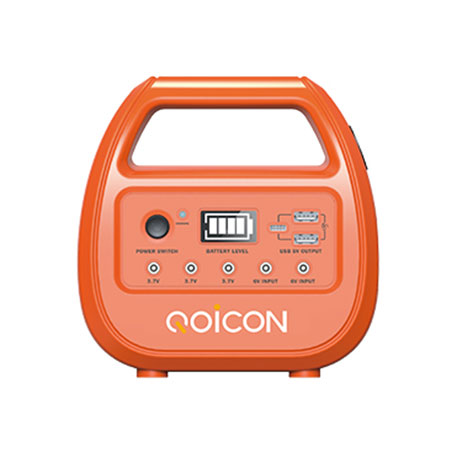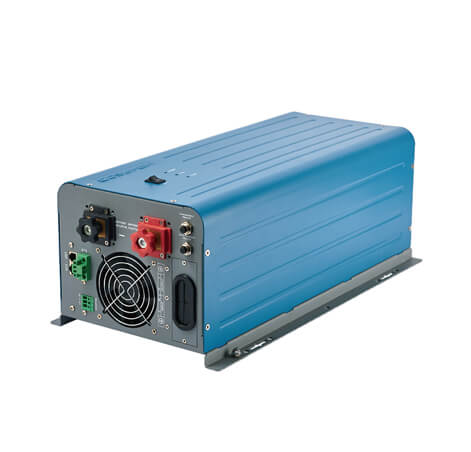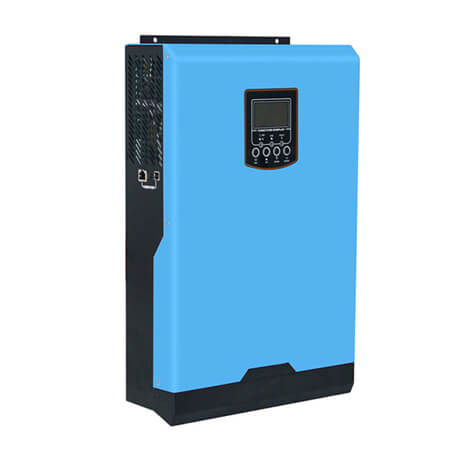In the world of trucking, reliable power isn't a luxury—it's a necessity. Whether you're powering a mini-fridge, charging tools, or running essential electronics in the cab, having the right power inverter can make all the difference in comfort, safety, and productivity on the road.
At Cosuper, with years of experience in designing and manufacturing high-performance power inverters, we understand that different trucks and applications require different solutions. From selecting the correct wattage and voltage, to ensuring safety features and ease of installation, this guide will walk you through the key factors to consider when choosing the perfect inverter for your truck.
What Is a Power Inverter and Why Does It Matter?
At its core, a power inverter is a device engineered to convert a truck's direct current (DC) battery power—typically 12 volts—into standard alternating current (AC) electricity, mirroring the power found in household outlets. This fundamental transformation unlocks a world of possibilities, making a truck a truly mobile power hub. The benefits are manifold: it offers unparalleled convenience for charging personal devices like laptops and smartphones, provides versatility to power small appliances such as microwaves, mini-fridges, and coffee makers, and significantly boosts productivity by keeping essential work devices operational during long hauls or enabling full-fledged mobile office setups. Furthermore, in emergency situations, an inverter can serve as a crucial backup power source for essential devices.
Key Factors to Consider When Choosing a Truck Power Inverter
1. Calculate Your Power Needs
Continuous power is the steady wattage your devices will draw while operating. To calculate:
Make a list of all devices you plan to use at the same time.
Find each device's continuous wattage (usually on a label or in the manual).
Add up the total.
Add 20–30% extra capacity to cover safety margins and avoid overloads.
Example: Microwave (1200W) + Laptop (60W) + Coffee Maker (800W)
Total = 2060W → Add 30% = ~2700W inverter needed
Devices with motors (fridges, drills, compressors) may require 2–7× more power at startup. Your inverter must handle this surge wattage.
Example: A 100W fridge may need up to 700W for a few seconds at startup.
Power Need Table
Device | Continuous (W) | Surge (W) |
Laptop | 50–100 | N/A |
Coffee Maker | 800–1500 | 1000–2000 |
Microwave | 600–1500 | 1200–3000 |
Mini Fridge | 50–100 | 500–1000 |
Power Drill | 500–1000 | 1500–3000 |
Air Compressor | 1000–2000 | 2000–4000 |
Pro Tip: Always overestimate slightly. Underpowered inverters can shut down or even cause electrical failure.
2. Choose Between Modified or Pure Sine Wave
Type | Best For | Pros | Cons |
Modified Sine Wave | Basic loads (lights, chargers, fans) | Inexpensive, compact | May damage sensitive devices |
Pure Sine Wave | Electronics, tools, medical gear | Clean, stable power output | Higher cost |
Recommendation: For trucks using tools, laptops, or appliances — always go for pure sine wave inverters.
3. Understand Battery Compatibility
Your truck's starter battery is designed for quick ignition, not long-duration power draw. Discharging it beyond 10% shortens its lifespan dramatically.
Deep cycle batteries are designed for sustained use. COSUPER recommends:
LiFePO4 (Lithium Iron Phosphate): Lightweight, lasts up to 10 years, ultra-safe.
GEL Batteries: Durable, cost-effective, ideal for heavy tools or camping.
Deep cycle batteries can handle deeper discharges (up to 50%) without damage.
For high-demand systems (mobile workshops, long-term camping), you can build a battery bank by linking several batteries.
Important:
Use batteries of the same type, age, and size
Ensure balanced charging/discharging
Professional installation is highly recommended
Match inverter input to battery voltage:
12V → Standard truck setups
24V–48V → Heavy-duty systems
Also, verify your alternator can handle charging loads. A 1100W inverter may require an 85A+ alternator to keep up.
4. Prioritize Safety and Performance Features
Safety isn't optional. COSUPER builds in robust protections to safeguard both your devices and your vehicle.
Must-Have Safety Features:
Overload Protection – Prevents system damage
Overheat Shutdown – Cools down high-temp units
Low Voltage Cutoff – Saves your battery
Short Circuit Protection
GFCI Outlets – Required for wet or outdoor environments
Fuses & Circuit Breakers – Crucial for wiring protection
Convenience Features:
5. Verify Certifications & Build Quality
Choosing a power inverter backed by international safety certifications is critical for peace of mind and legal compliance.
COSUPER's Certifications:
CE, ETL, EMARK, SAA, C-Tick
ISO9001, TS16949
These certifications enhance your product's trustworthiness, both to end-users and search engines like Google (E-E-A-T).
Why Choose COSUPER?
Founded in 2010, Suzhou Cosuper Energy Technology Co., Ltd is a national high-tech enterprise specializing in comprehensive mobile and stationary power solutions. With exports to 50+ countries and 30+ patents, COSUPER offers unmatched product depth and reliability.
COSUPER Highlights:
R&D-driven (30%+ technical staff)
Advanced inverters with 90%+ efficiency
Complete product certifications
Smart solar, battery, and inverter systems
Choosing the right power inverter isn't just about wattage — it's about creating a safe, stable, and future-ready power ecosystem in your truck. From calculating power needs to understanding battery systems and safety features, this guide helps you make an informed decision with confidence.

 English
English 